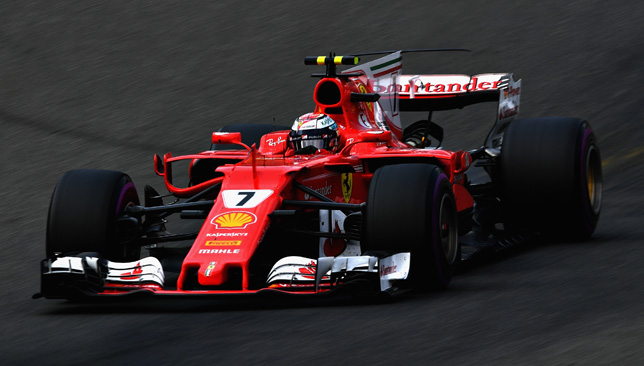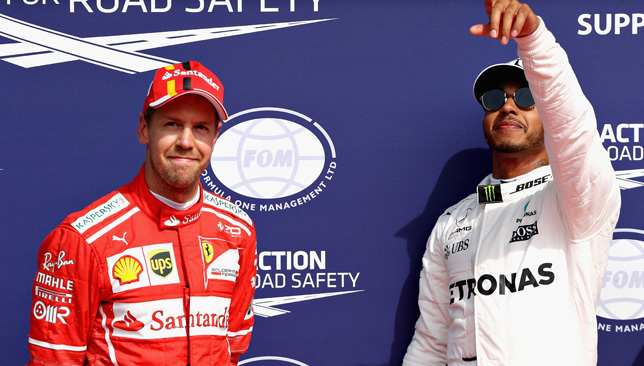
Formula 1 might have packed up for a month for its half-term break but what, if anything, has changed on the grid’s return?
The Belgian Grand Prix weekend threw up the fifth Lewis Hamilton-Sebastian Vettel one-two of the season, and in one sense that didn’t tell us anything we didn’t know before the mid-season holiday.
The short of it is that the season will continue to be a pulsating head-to-head between Hamilton and Vettel right, it would seem, to the final race of 2017.
Just seven points now separate them, Hamilton’s win to Vettel’s second cutting the German’s advantage to a tantalisingly slim margin.
But as bizarre as it might sound, if anything Ferrari might actually come away from Spa this weekend as the happier of the two teams despite not actually taking the chequered flag out front.
Due to the nuances of the Ferraris and Mercedes, certain circuits suit their cars more than others. Spa is very much a Mercedes track and the expectation was that this was very much suit the German manufacturer much akin to the high-speed, sweeping corners of Silverstone.
But unlike the British Grand Prix, Hamilton and Valtteri Bottas were not able to stamp down their authority as quite they might have anticipated.
Sure, Hamilton got away with the victory but the Mercedes hierarchy were left scratching their heads a little bit in the post-race debrief.

Team boss Toto Wolff said of the small margin of victory: “We were surprised. They’ve done a good job in bringing an upgrade package.”
So how has this been achieved and Ferrari been able to cut the deficit at a race in which they would have expected to have more of a time gap come the race end?
Among the upgrades in Belgium are a new front suspension featuring a third damper, which the team tested out at the post-Hungary test.
What that has done is give them lower drag on the long, fast straights but something that has been achieved without losing their advantage in other areas on the race track. That quest has also been aided by a new front wing and endplate.
So what do those innovations mean for the rest of the championship? Is it now a case of advantage FerrarI?
No one quite knows, not even the title protagonists themselves, and it will probably become none the clearer at Monza, the next race on the calendar. The big question mark that looms is over the subsequent race next month in Singapore, a habitual bête noire for Mercedes. The reality is that Mercedes are all too aware that their cars tend not to work so well at the low-speed, high downforce circuits. And in Belgium, Wolff intimated that this issue in which the team struggles to get its tyres working quickly enough will indeed be a problem. So in short, Ferrari have caught up at their weak tracks while there’s a big query as to whether Mercedes has done so. It is there under the night lights of the street circuit that the manner in which the title will be won might be swayed one way or the other. Mercedes do not have any major upgrades looming, Wolff putting it thus, “that the team will continue to bring new bits to the car”. And the rest of the season is a developmental one as well as a racing one. There was no shortage of bravado from the title rivals in the immediate aftermath. “Close,” was Vettel’s succinct take while Hamilton brushed it aside by suggesting he had lifted off. The battle lines between them are drawn, likewise between Ferrari and Mercedes. Who has the advantage currently is not abundantly clear but Ferrari look the happier heading for home.